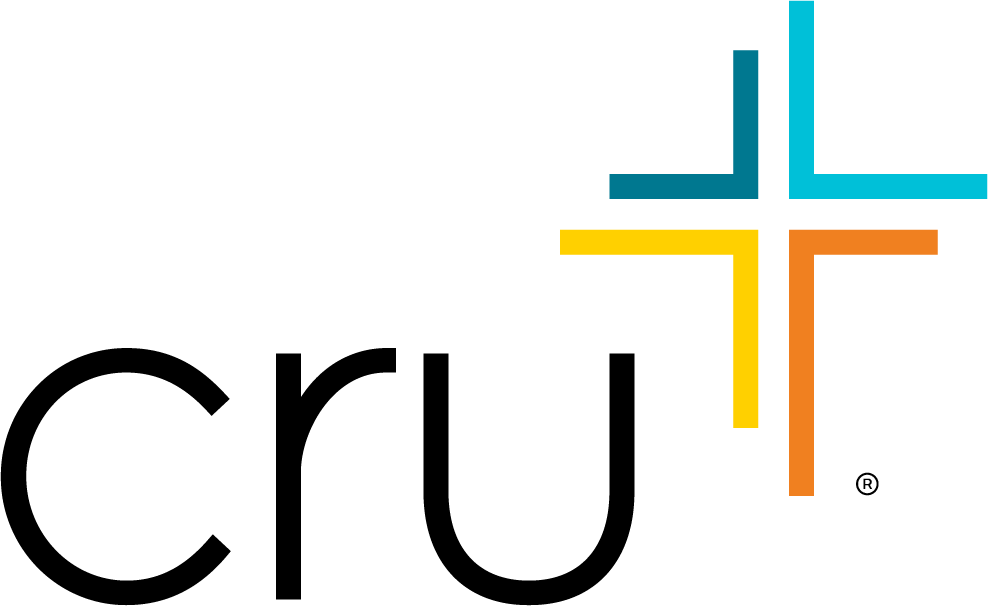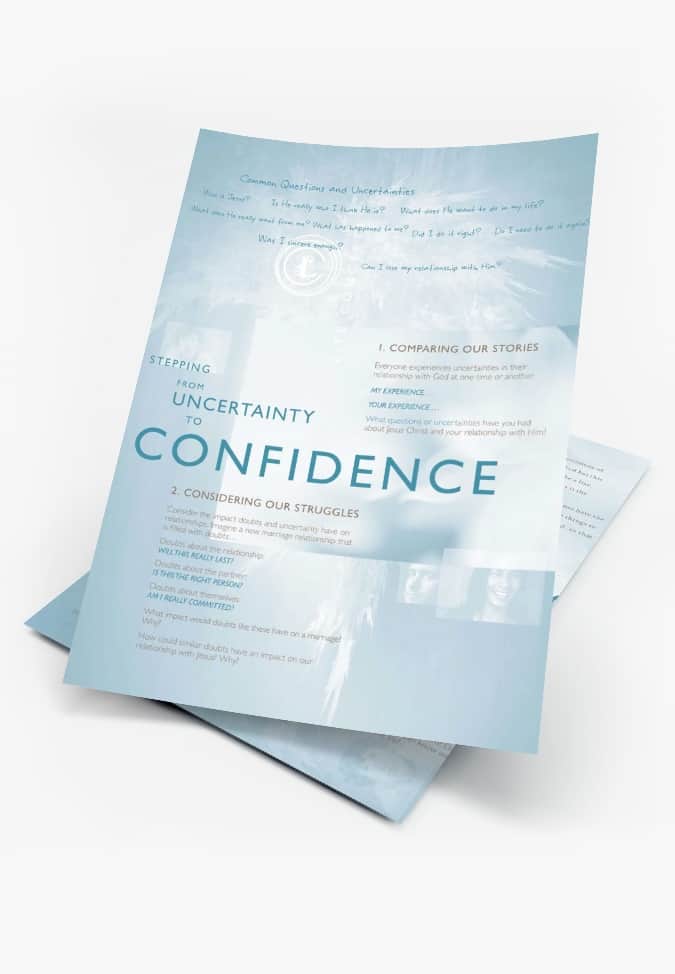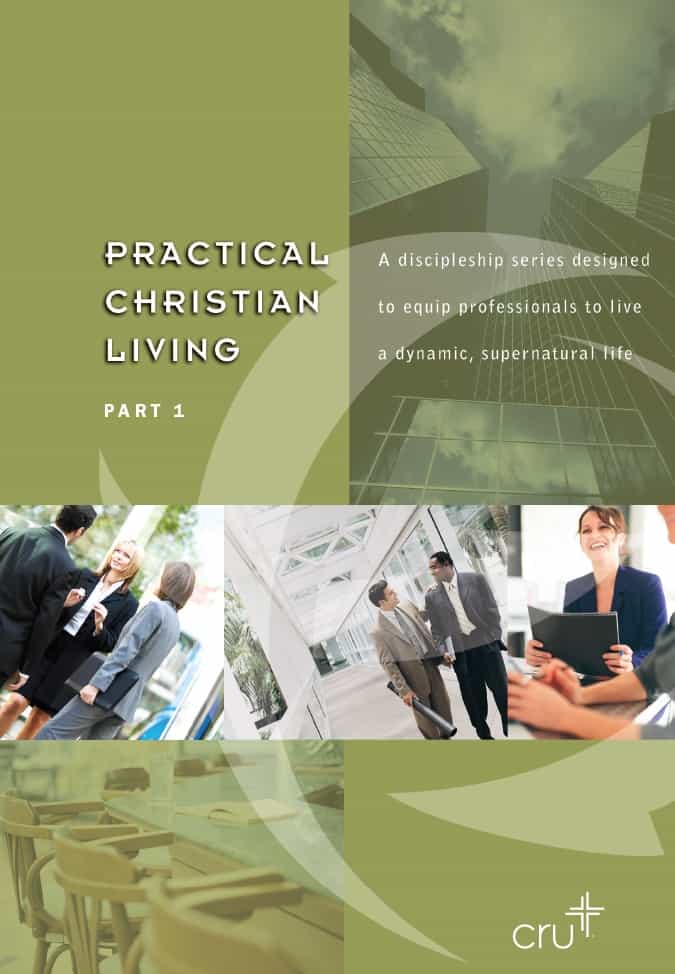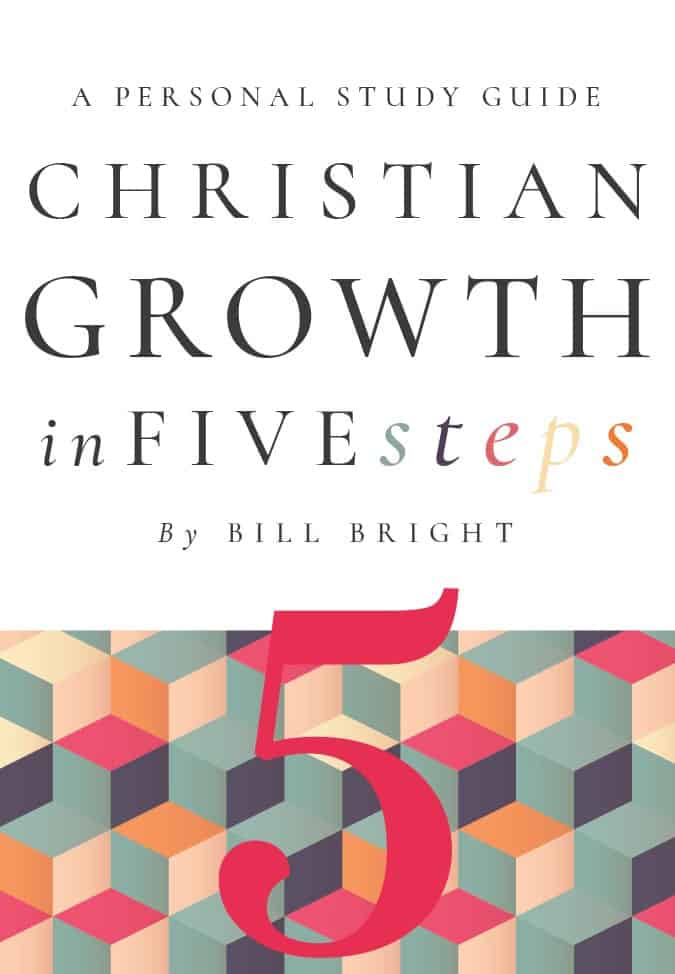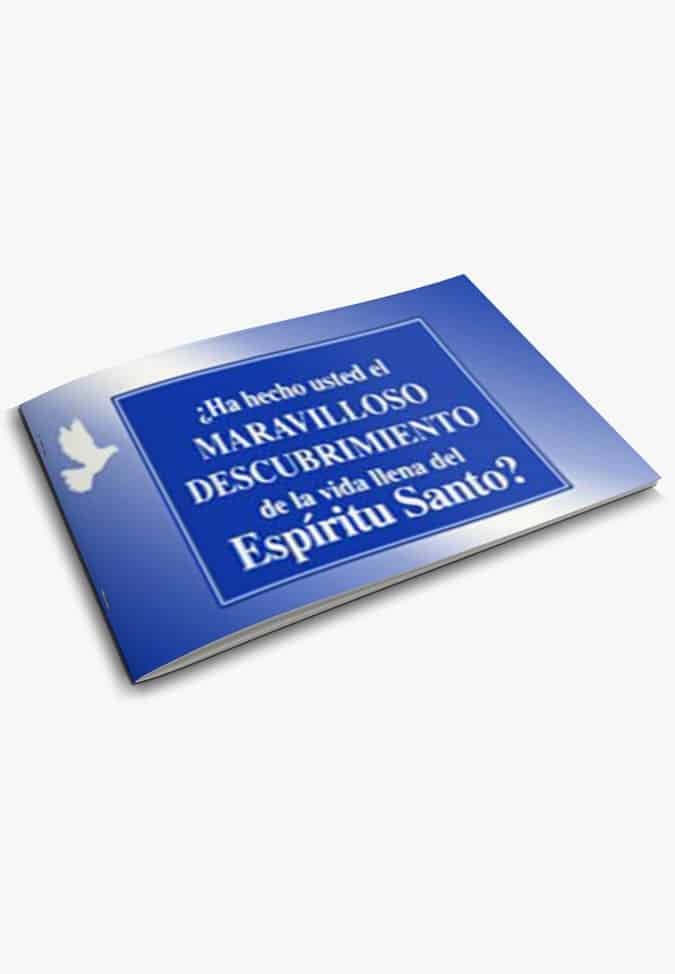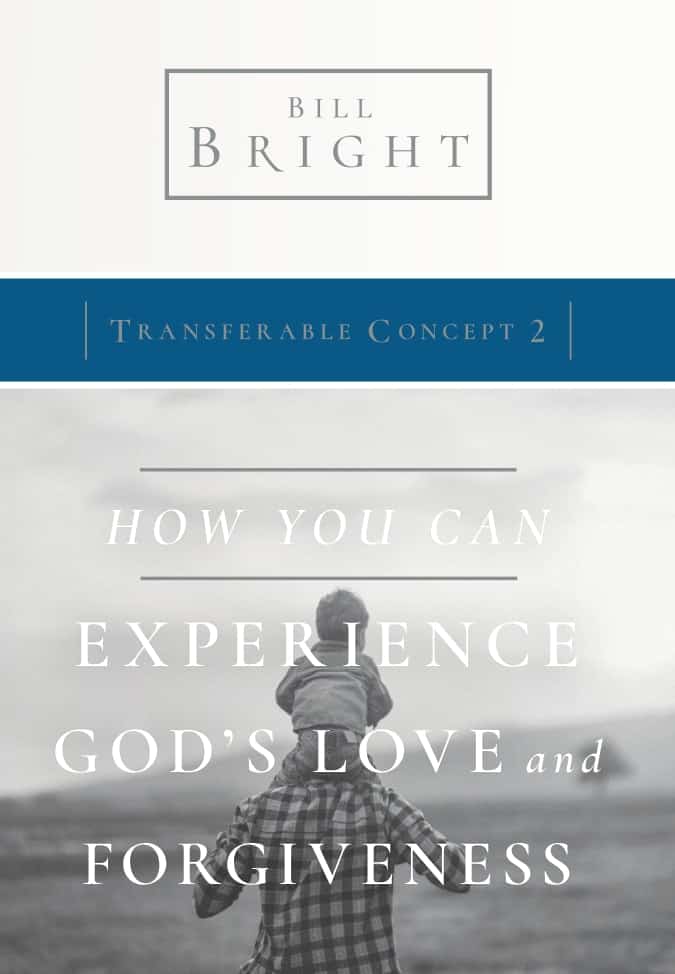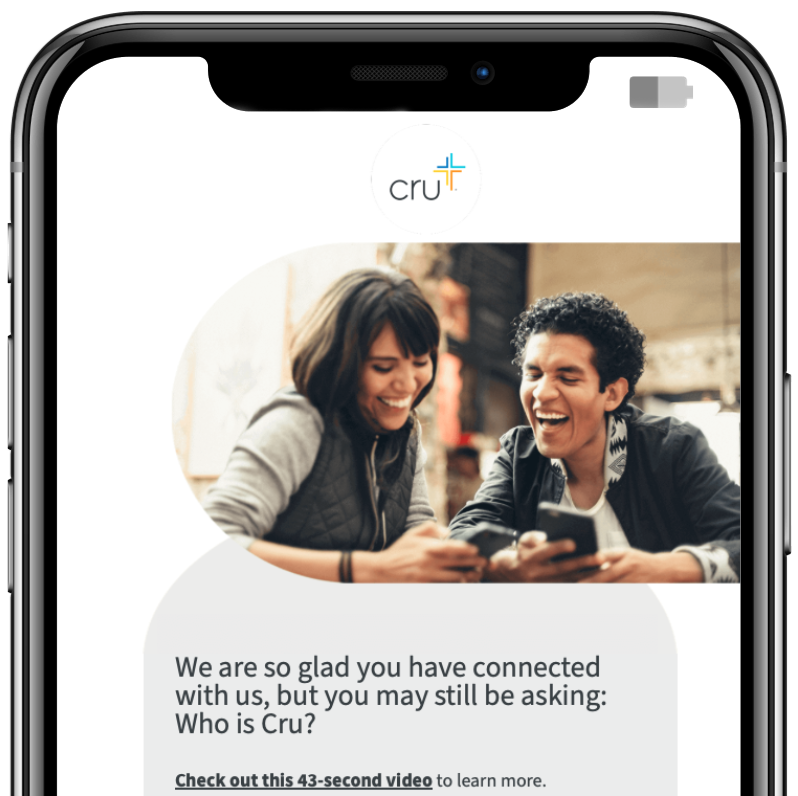Medical Center Serves Peace, Patients, Kindness
At 7:16 a.m., Pastor Ruben Baldiviezo parks and opens the door of his maroon SUV. Buses honk and cars rev their engines as he walks toward a large, 3-story building in Santa Cruz, Bolivia. Inside, the din is immediately muffled by uncommonly peaceful singing.
A chorus of 27 doctors, pharmacists, laboratory technicians and others sit in a circle of white plastic chairs.
Pastor Ruben takes his place and joins them in the singing. Then, like he does every Monday through Friday morning, he delivers a 25-minute sermon to the staff at this downtown medical clinic. Before another day of treating Santa Cruz's sick and poor, the staff team prepares spiritually.
In a country where 64 percent of the population lives below the poverty line, Mission of Hope offers something extraordinary: free care and medicine. Even more unusual, Mission of Hope simultaneously and successfully meets patients' spiritual needs. "We're not only here to heal their bodies but heal their souls," says Dr. Ruth Oropeza, a gynecologist who works at the mission.
With a collective "Amen" at 8:02 a.m., the team scatters to exam rooms, the pharmacy, the lab and the reception area. Outside the clinic, patients form three lines: to see a pediatrician, a gynecologist or a general practitioner. Many have waited since 5:00 a.m. to get a number, their ticket into the clinic.
Each morning the clinic will treat 50 patients, then 50 more in the afternoon. They are seen on a first-come, first-served basis, but those turned away are given numbers for the next day. The majority travel from the outskirts of the city, or farther, to reach the clinic. "Some people have tried everything and come here as a last resource," says Pastor Ruben.
Clutching yellow plastic numbers, the morning's patients stream inside: A teenage boy has a chronic sore throat; a 45-year old woman seeks a prosthetic leg; a small girl needs stitches above her eye. Pastor Ruben welcomes them all to the mission.
He assures them the care is free and then explains why the mission exists. "We believe God uses doctors to bring healing to our bodies," he says. "We also believe that the bigger doctor is Jesus Christ. We want to introduce Jesus Christ to you as the Savior of your life."
Pastor Ruben spends 20 minutes presenting the gospel to patients. He bases his presentation on the Four Spiritual Laws booklet, an evangelistic tool from Cru. Ten years ago he became a Christian when a Cru volunteer used the same booklet to introduce him to Jesus. Pastor Ruben, who once lived on the streets, has seen God change his life and knows God can change others.
Mission of Hope opened July 4, 2002. Funded by private donors, the clinic has provided care -- and consequently explained the gospel -- to 67,966 people. According to the hospital's founder, 32,524 patients and their family members have indicated a decision to pray and receive Christ's forgiveness for the first time.
Pastor Ruben encourages patients to attend a church near their home. If they don't have a church, he welcomes them to his -- a two-tent fixture just outside the clinic, which shares a wall with Mission of Hope. Providing a place for people to grow in their new faith helps define the clinic's success in meeting physical and spiritual needs, and his church has grown from 20 members to 350 since the mission started.
One new church member is Erwin Cespedes. The 31-year-old came to Mission of Hope after six years of intense side pain. But Erwin's deeper problem was a long-term drug addiction. At Mission of Hope he received antibiotics for the pain in his side, but he also prayed and received Christ's forgiveness. The pain went away but not his desire to use drugs.
Realizing he couldn't change, Erwin revisited Pastor Ruben, who offered him a Bible and an invitation to church. "I told God He had taken away the pain, so why didn't He take away my addiction?" says Erwin. The next morning, Erwin threw his drugs away and hasn't used them since. Today Erwin works in the reception area at Mission of Hope. "My life has changed," he says, "thanks to this place."
At 8:42, Erwin and others begin checking in patients to see doctors. One of the clinic staff members turns on the television hanging in the front of the waiting room. For the rest of the morning, people watch the JESUS film, Cru's evangelistic film scripted from Luke's Gospel. The Jesus they heard about just minutes earlier from Pastor Ruben comes alive on the screen speaking in Spanish.
This mixture of practical help and gospel truth is exactly why American Cindy Thacker started the mission. Cindy is a nurse, wife and mother of seven, including three boys adopted from Bolivia.
In 1999, she visited a hospital in Santa Cruz and saw poor conditions along with Bolivians unable to pay for care and medicine. Cindy left Bolivia knowing she needed to do something.
After establishing a nonprofit organization, Cindy began telling others her dream and receiving donations -- including a $500,000 check from a man she had never met. In July 2001, Cindy purchased a hospital for sale in Santa Cruz.
Pastor Ruben runs the hospital. He walks around checking on the staff workers. He signs every check that goes out of the clinic to pay bills or purchase supplies.
When a boy is diagnosed with childhood arthritis, Pastor Ruben prays not only for healing but also for God to enable the boy's mother to give him proper care. Pastor Ruben knows that they must continue to turn to God. He knows that's why the mission succeeds. "If all of us, including me, are walking with God," he says, "we'll never lack anything in this mission."
At the end of the day the white plastic chairs are stacked in the back of the waiting room. As Pastor Ruben walks outside, the chaotic traffic rushes in sharp contrast to the calm inside the clinic. Like clockwork, he'll return tomorrow to do it all over again. He and his staff team are on a mission of hope.
Visit www.missionofhopebolivia.org for more information about Mission of Hope.






